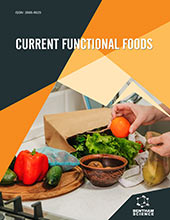
Full text loading...
An essential pathogenic aspect of rheumatoid arthritis (RA) is the loss of bones, which ultimately causes RA patients' quality of life to diminish seriously. The main reason for bone loss in RA is an imbalance in bone metabolism, marked by the breakdown of bone through osteoclast activity and inadequate bone formation by osteoblasts. Contemporary medications somewhat diminish the process of bone deterioration, but there are still several drawbacks. Natural medicines have several benefits, including a wide spectrum of biological actions and few side effects, making them a valuable source of new therapeutic compounds. They have developed into a hub for countless researchers to examine various diseases and provide healing medications. Natural medicine research for the treatment of RA has made impressive advancements in recent years. These natural bioactive compounds primarily contain terpenes, alkaloids, glycosides, flavonoids, and polyphenols. Most therapeutic natural bioactive compounds for the treatment of RA comprise the following: sinomenine, ginsenoside, icariin, paeoniflorin, triptolide, resveratrol, and epigallocatechin-3-gallate. A quick summary of the mechanisms of action of naturally occurring bioactive chemicals that may be used as RA treatments is provided.

Article metrics loading...

Full text loading...
References


Data & Media loading...

